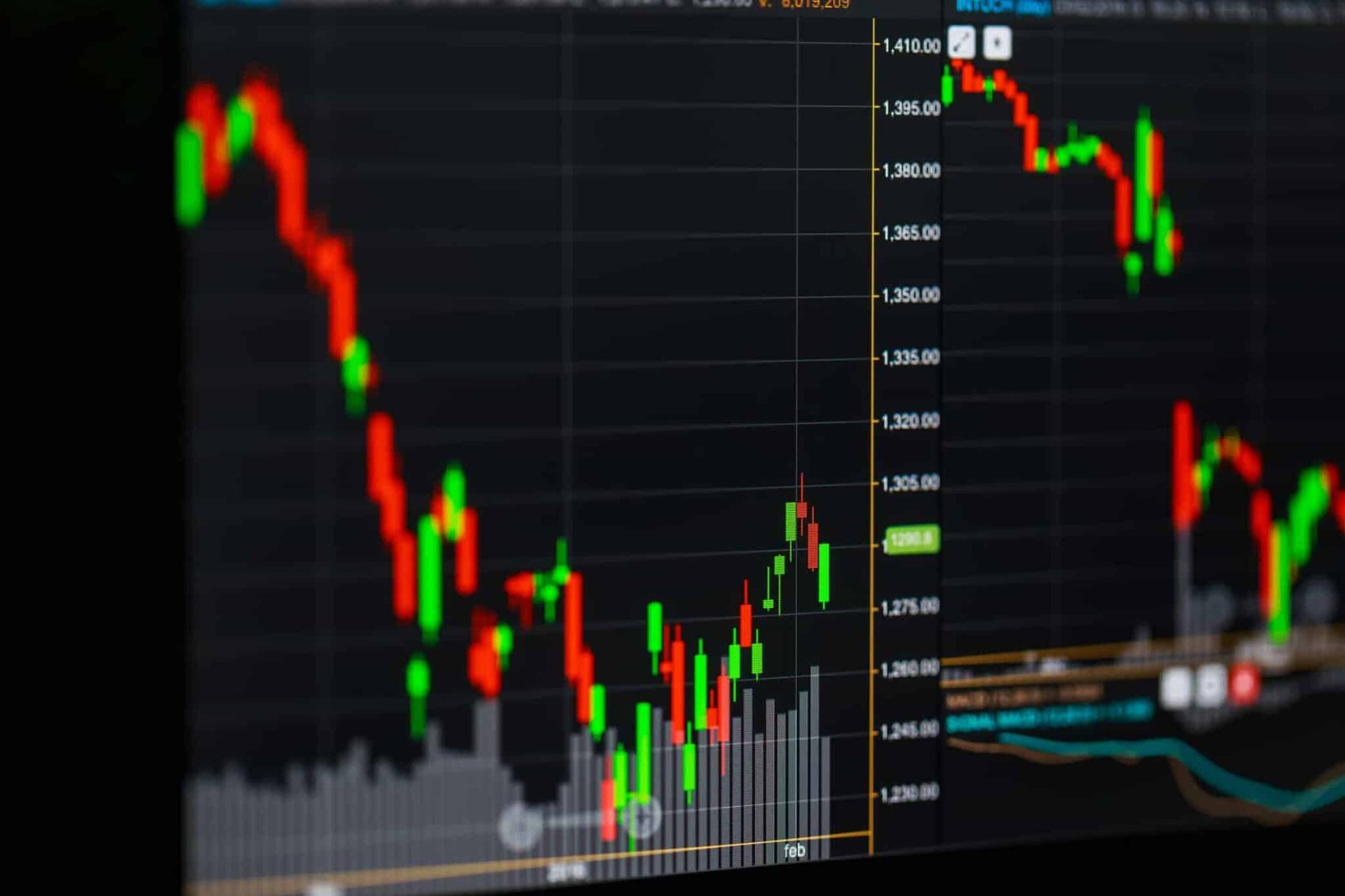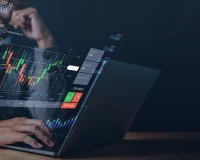Introduction:
Risk management in the Forex market is one of the most crucial factors that determine a trader's success and longevity in this volatile market. In this article, we will discuss a set of tips and strategies that can help traders minimize risks, avoid significant losses, and improve their chances of achieving sustainable profits
-Understanding Risks in the Forex Market:
Forex is a decentralized financial market where foreign currencies are traded. It is one of the largest financial markets in the world in terms of volume and liquidity. However, it is also one of the most volatile markets. This volatility creates opportunities for substantial profits in a short period, but it can also lead to significant losses.
Key Risks in Forex:
Market Risk: Related to price fluctuations caused by economic and political factors.
Liquidity Risk: Occurs when executing trades becomes difficult due to a lack of liquidity.
Leverage Risk: Using leverage can amplify losses if not managed carefully
-Determining Risk Size Before Each Trade:
The first essential step in risk management is clearly defining the amount of risk before entering any trade. Experts recommend setting a percentage of capital that should not be exceeded in any single trade.
Key Principles:
Apply the 2% Rule: Many traders recommend limiting risk per trade to 2% of available capital. This means that if a trade results in a loss, only 2% of the total capital is lost, minimizing negative impacts on your account.
Set a Stop Loss: Always use stop-loss orders to ensure that losses do not exceed a predetermined limit. A stop loss helps control losses if the market moves against your expectations
-Using Leverage Wisely:
Leverage is a double-edged sword in forex trading. It allows traders to control positions larger than their actual capital, but it can also lead to significant losses if not used cautiously.
Tips for Using Leverage:
Avoid Overleveraging: Beginners should avoid using high leverage. It is advisable to start with low leverage (such as 1:10 or 1:20), especially in the early stages.
Variable Leverage: Some brokers offer variable leverage. Ensure you fully understand the terms of leverage usage and adjust its size according to your trading strategy
-Portfolio Diversification:
A fundamental principle of risk management is diversification. In forex trading, traders can reduce risk by diversifying their trades across different currency pairs instead of focusing solely on one pair.
Tips for Diversification:
Diversify Currency Pairs: Instead of concentrating on a single pair, trade multiple currency pairs that are influenced by different economic events.
Diversify Timeframes: Utilize both short-term and long-term strategies to adapt to various market conditions, which helps mitigate risks effectively
-Technical and Fundamental Analysis:
One of the key tools for risk management is understanding the fundamental drivers of the market and consistently using technical analysis.
Fundamental Analysis: Helps traders understand major economic factors affecting currency prices, such as employment reports, GDP data, political trends, and other economic indicators.
Technical Analysis: Focuses on studying price movements using charts and technical indicators to identify optimal entry and exit points. Technical analysis can help predict market movements more effectively and assess potential risks
-Continuous Learning and Practical Experience:
Risk management requires continuous learning. Traders should never stop exploring new strategies or improving their market understanding. By learning from mistakes and developing skills, traders can better mitigate risks.
Tips for Continuous Learning:
Post-Trade Analysis: After each trade, analyze whether it was executed based on a clear strategy or if there was a misjudgment in expectations. This helps refine future strategies.
Practice with a Demo Account: Before trading with real money, practice using a demo account for a while. This allows traders to test and improve their strategies in a risk-free environment
-Managing Emotions and Psychological Discipline:
Emotion management is a crucial aspect of risk management that many traders underestimate. Forex trading can be psychologically stressful, especially during periods of high market volatility.
Tips for Controlling Emotions:
Stick to Your Plan: Always adhere to your pre-established plan. If you have a solid risk management strategy, following it will help you avoid making irrational decisions.
Stop Trading After Significant Losses: If you experience multiple consecutive losses, it's best to take a break. Continuing to trade under emotional distress can lead to poor decision-making

-Continuous Performance Review and Investment in Risk Management Tools:
Regularly reviewing your performance can help you assess whether your risk management strategies are working as expected. Analyze the outcomes to determine if you need to adjust your trading approach.
There are several tools that can assist traders in managing risk more effectively, such as:
- Setting stop-loss and take-profit orders.
- Using apps or software to monitor the market and analyze data
-Conclusion:
Risk management in Forex is not just about choosing specific strategies; it is a comprehensive approach that requires a deep understanding of the market, self-discipline, and continuous analysis. By systematically applying these tips, traders can significantly reduce risks and achieve more stable and profitable results in the Forex market









